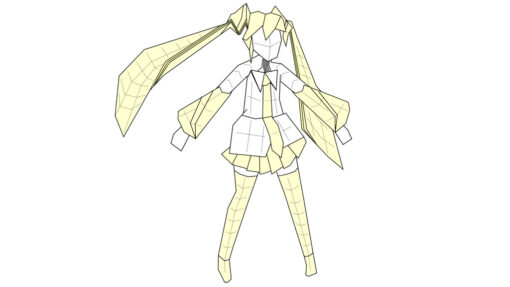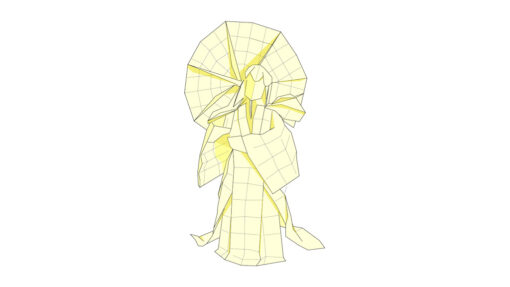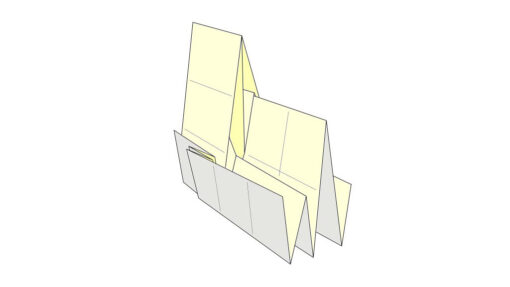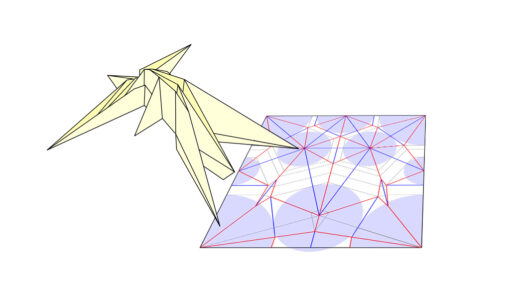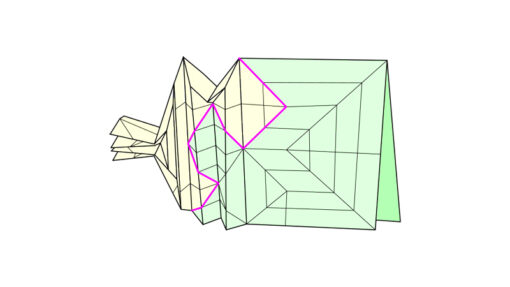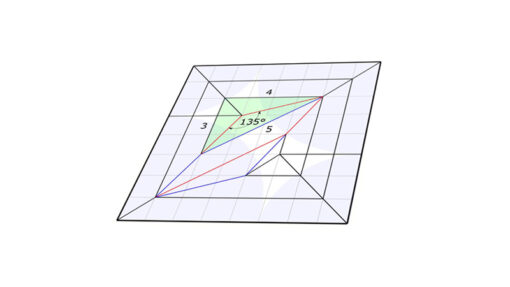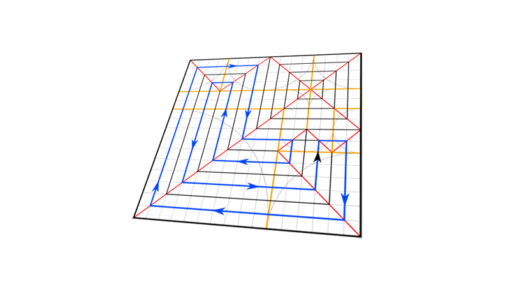Hatsune Miku and colour change
Hatsune Miku by Itagaki Yuichi is a fascinating model. Not only that, it accurately depicts the original Anime character, but it also implements a nice colour changing method that deserves a detailed explanation. Figure 1Figure 1 - Hatsune Miku and its baseFigure 1 The Crease pattern (figure 1) of this model is freely available on the Itagaki Yuichi…

